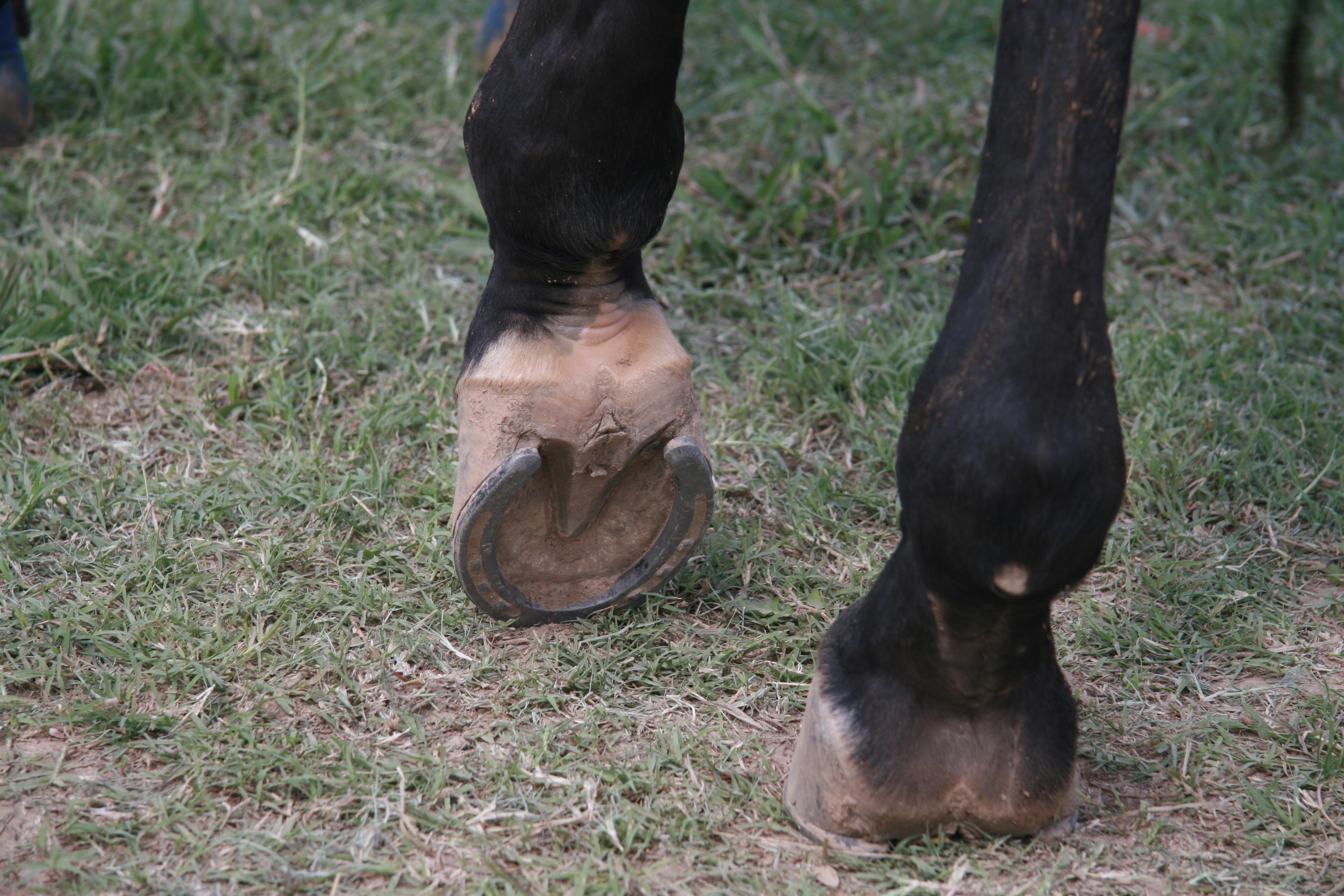Thrush in Horses
go.ncsu.edu/readext?743700
en Español / em Português
El inglés es el idioma de control de esta página. En la medida en que haya algún conflicto entre la traducción al inglés y la traducción, el inglés prevalece.
Al hacer clic en el enlace de traducción se activa un servicio de traducción gratuito para convertir la página al español. Al igual que con cualquier traducción por Internet, la conversión no es sensible al contexto y puede que no traduzca el texto en su significado original. NC State Extension no garantiza la exactitud del texto traducido. Por favor, tenga en cuenta que algunas aplicaciones y/o servicios pueden no funcionar como se espera cuando se traducen.
Português
Inglês é o idioma de controle desta página. Na medida que haja algum conflito entre o texto original em Inglês e a tradução, o Inglês prevalece.
Ao clicar no link de tradução, um serviço gratuito de tradução será ativado para converter a página para o Português. Como em qualquer tradução pela internet, a conversão não é sensivel ao contexto e pode não ocorrer a tradução para o significado orginal. O serviço de Extensão da Carolina do Norte (NC State Extension) não garante a exatidão do texto traduzido. Por favor, observe que algumas funções ou serviços podem não funcionar como esperado após a tradução.
English
English is the controlling language of this page. To the extent there is any conflict between the English text and the translation, English controls.
Clicking on the translation link activates a free translation service to convert the page to Spanish. As with any Internet translation, the conversion is not context-sensitive and may not translate the text to its original meaning. NC State Extension does not guarantee the accuracy of the translated text. Please note that some applications and/or services may not function as expected when translated.
Collapse ▲When picking out your horse’s hooves you expect to find a mixture of dirt and manure. Instead, your hoof pick produces something that is black, it stinks and it’s unmistakably thrush.
Thrush is a bacterial and fungal infection of the frog. You can tell it by the foul smell and black tar-like discharge. If thrush is not treated early the infection can spread to other sensitive parts of the hoof.
Thrush is often attributed to dirty, muddy conditions. Water alone will not lead to thrush, but moisture combined with dirty turnouts and stalls can lead to thrush. Thrush can also be found in horses that are kept in immaculate condition.
Treating thrush can start by letting your farrier keep your horse hooves trimmed on a regular schedule. There are several products that you can purchase to treat thrush. The best thing to do is consult your farrier or veterinarian for advice.
If not treated properly thrush can cause pain to your horse eating its way to sensitive tissues to the frog and off to its side. This can be prevented by cleaning your horses’ hooves out daily, also keeping their stalls and paddocks clean. Try to avoid letting your horse stand in mud or water. Again, if your horse has thrush consult with your farrier or veterinarian for proper treatment.
For more information on this and other 4-H and Equine Husbandry, topics contact Tom Harrell at 252-232-2262 or email tpharrel@ncsu.edu.





